
Lost or broken dental restorations can occur for various reasons, including wear and tear, biting on hard foods, or an underlying issue with the tooth or previous restoration. Restorations such as fillings, crowns, bridges, and veneers play a crucial role in maintaining dental health by protecting damaged teeth, restoring functionality, and enhancing aesthetics. When these restorations are compromised, it’s important to address the issue promptly to prevent further dental problems. Modern dentistry offers efficient solutions for repairing or replacing lost or broken restorations, ensuring that patients can maintain their oral health and comfort.
Have Any Questions Feel Free to Contact with Our Team
+90 506 250 00 05

Assessment of the affected restoration and the underlying tooth to determine the cause and extent of damage.

If remnants are present, they are carefully removed.
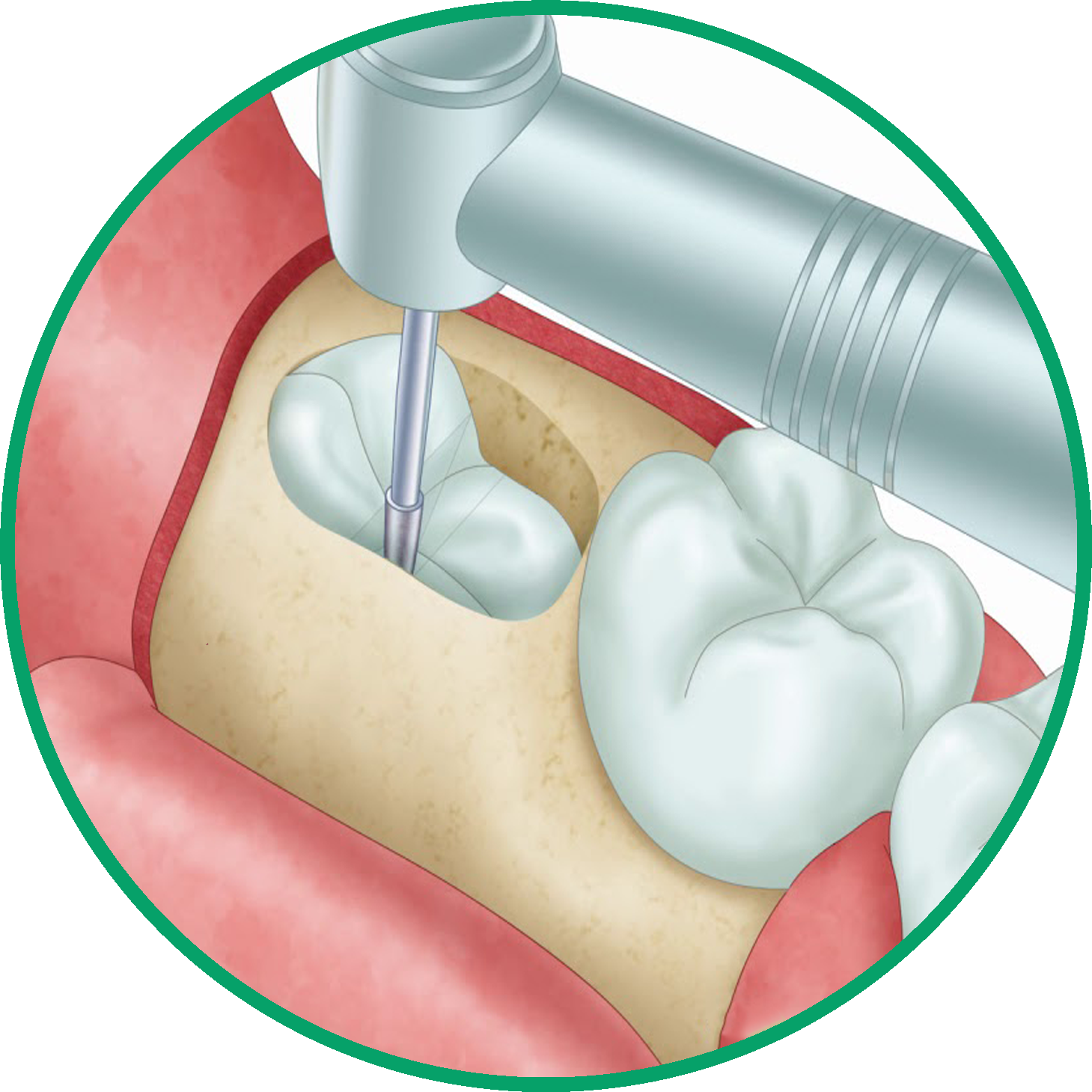
Cleaning and preparation of the tooth for a new restoration.
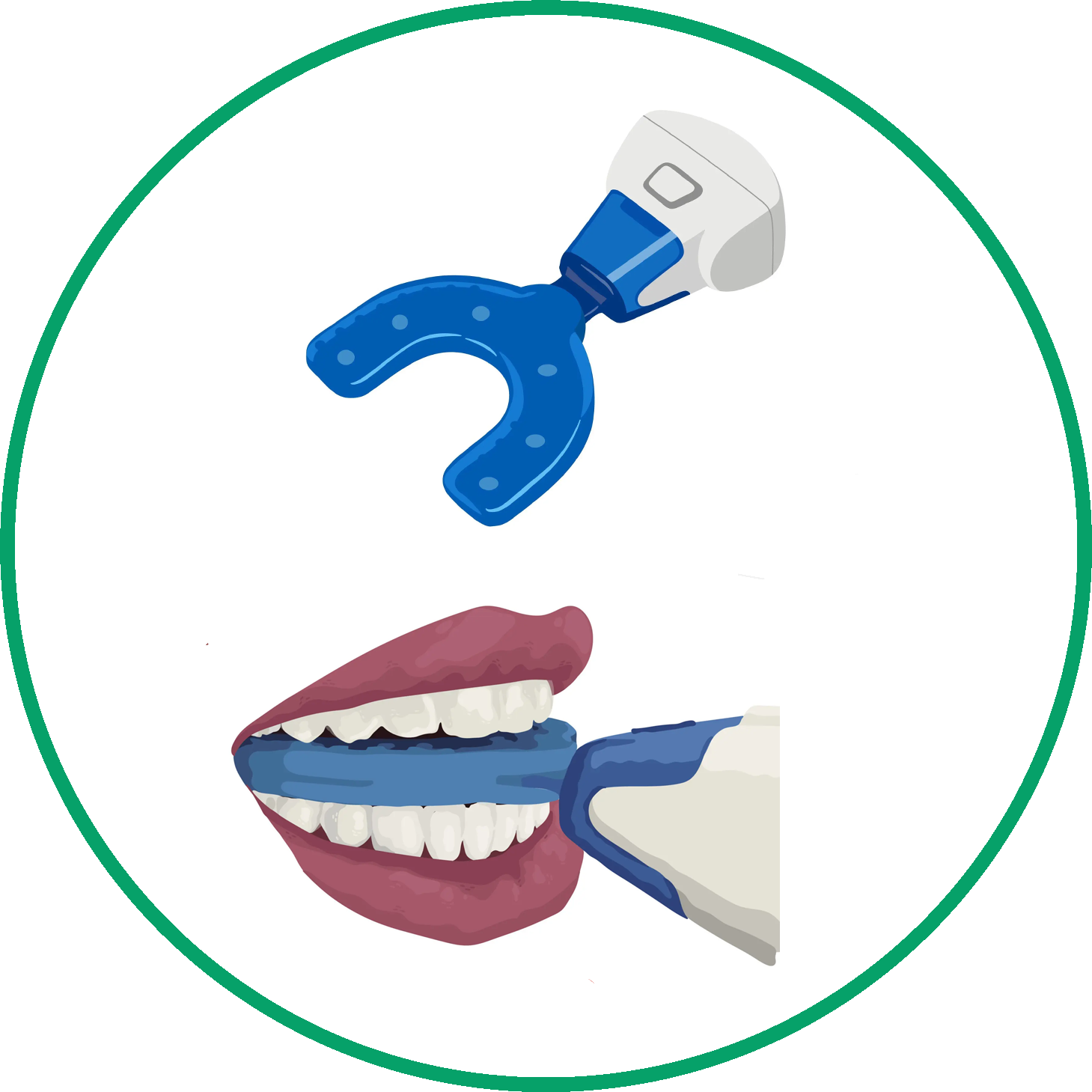
For restorations like crowns or bridges, an impression of the tooth is taken to create a custom-fit replacement.
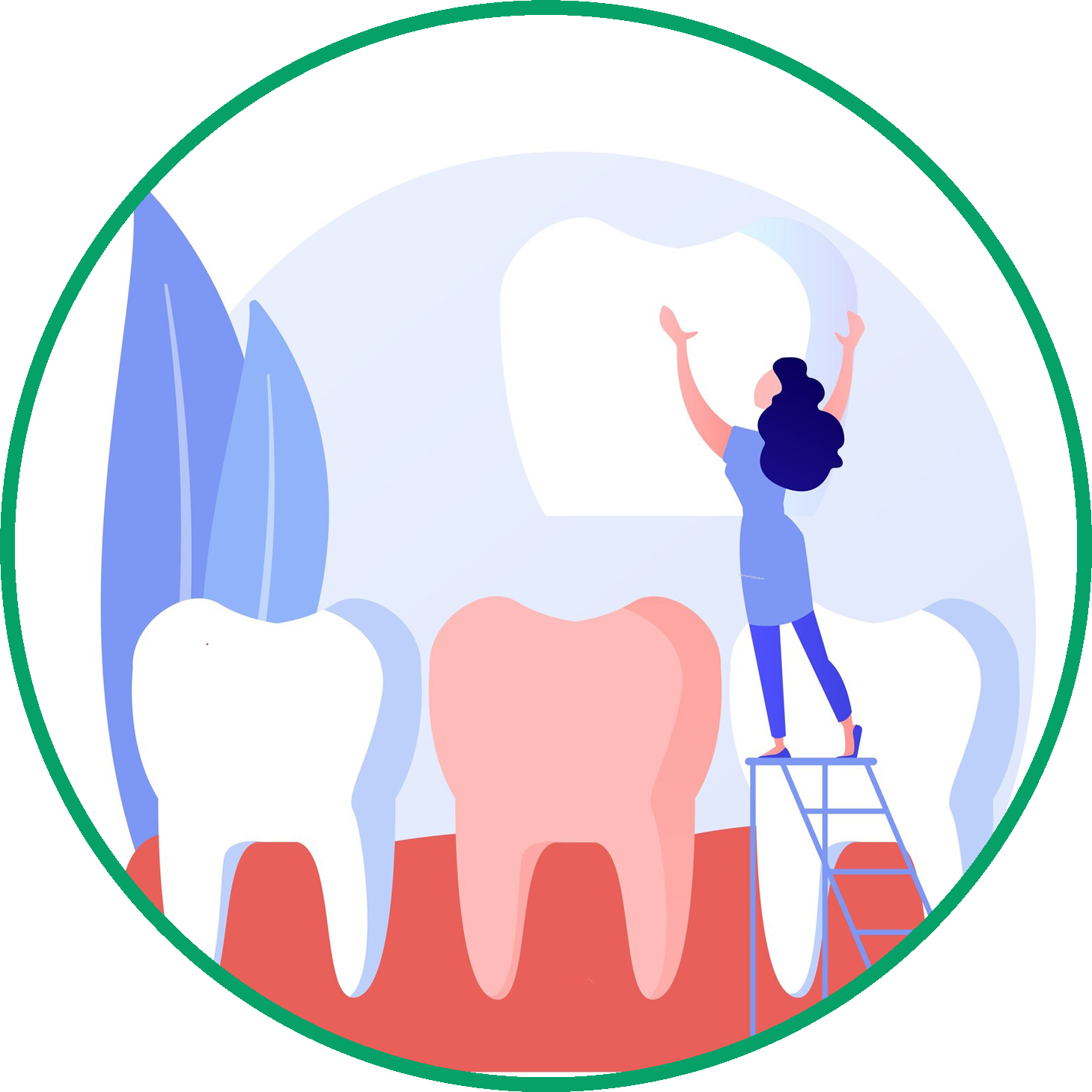
A temporary restoration may be placed while the permanent one is being fabricated.
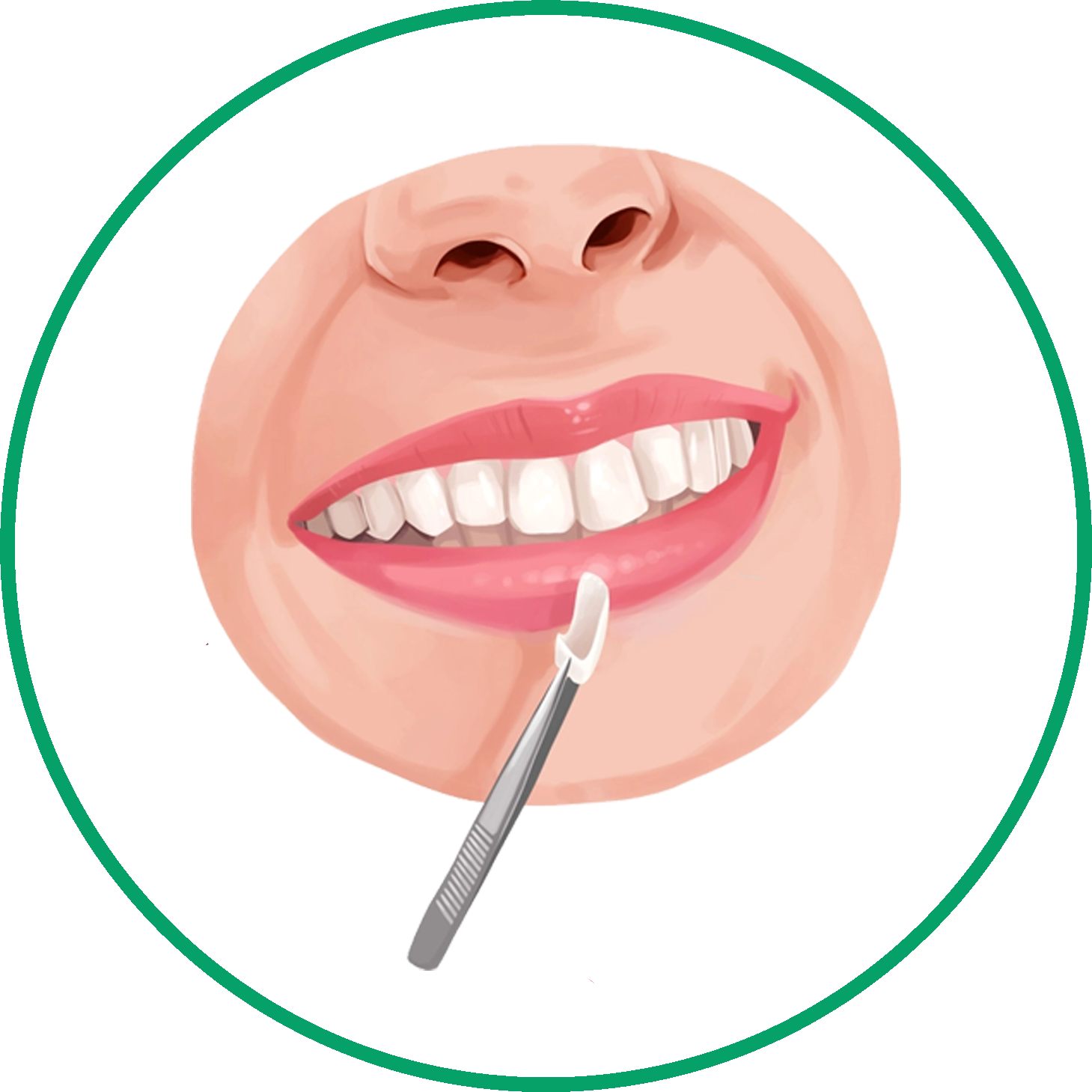
Once ready, the new restoration is fitted, adjusted, and cemented or bonded in place.
Have Any Questions Feel Free to Contact with Our Team
+90 506 250 00 05

Replacing or repairing lost or broken restorations offers several benefits:
Protection Against Decay: Restores protection to the tooth, preventing decay and infection.
Restored Functionality: Enables normal chewing and speaking functions.
Aesthetic Improvement: Maintains the appearance of your smile.
Prevention of Further Damage: Avoids additional damage to the tooth and surrounding teeth.
The risks associated with not addressing lost or broken restorations include:
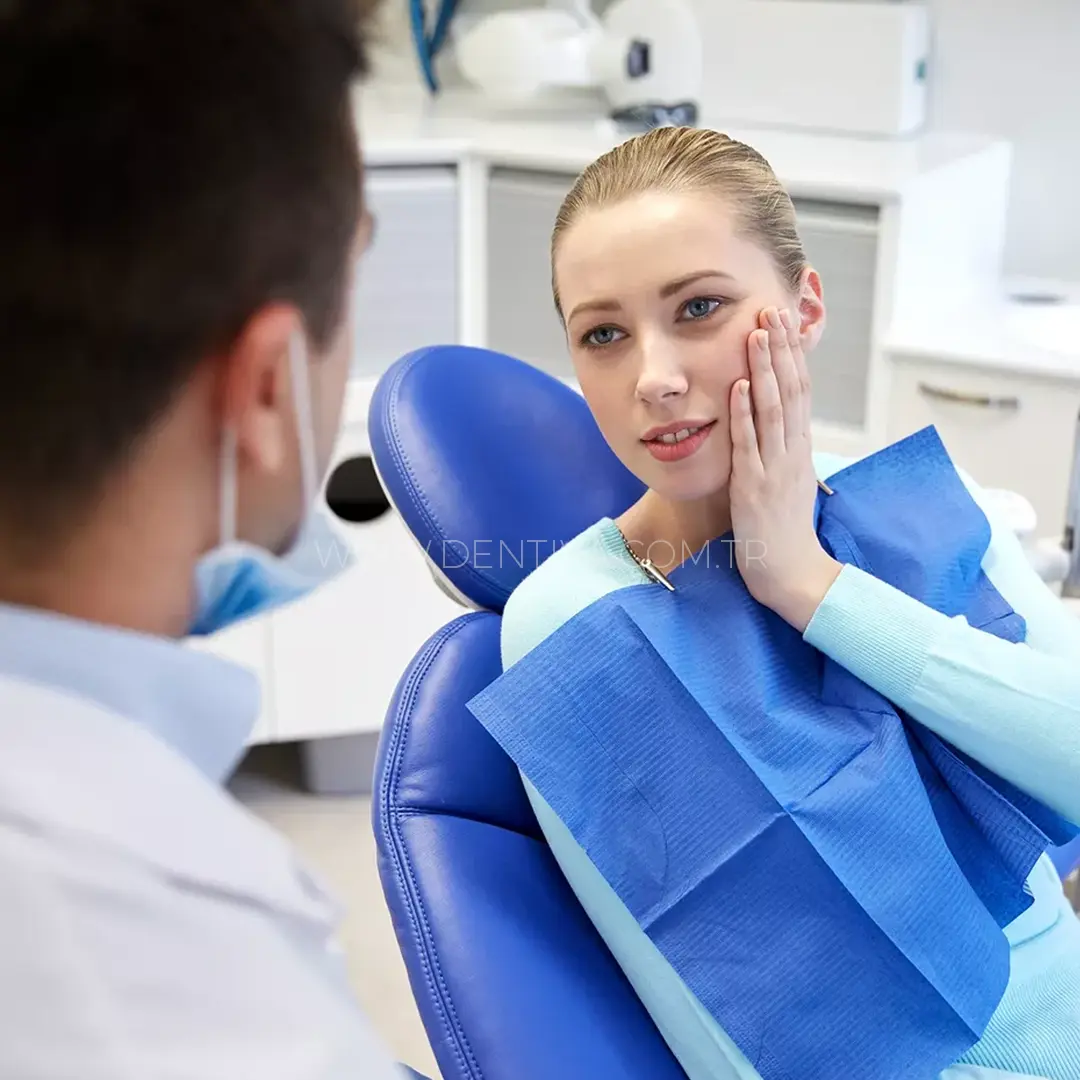


Our experienced dental professionals offer comprehensive care, from diagnosis to the completion of restoration.


Utilizing the latest dental technologies for accurate and efficient treatment.

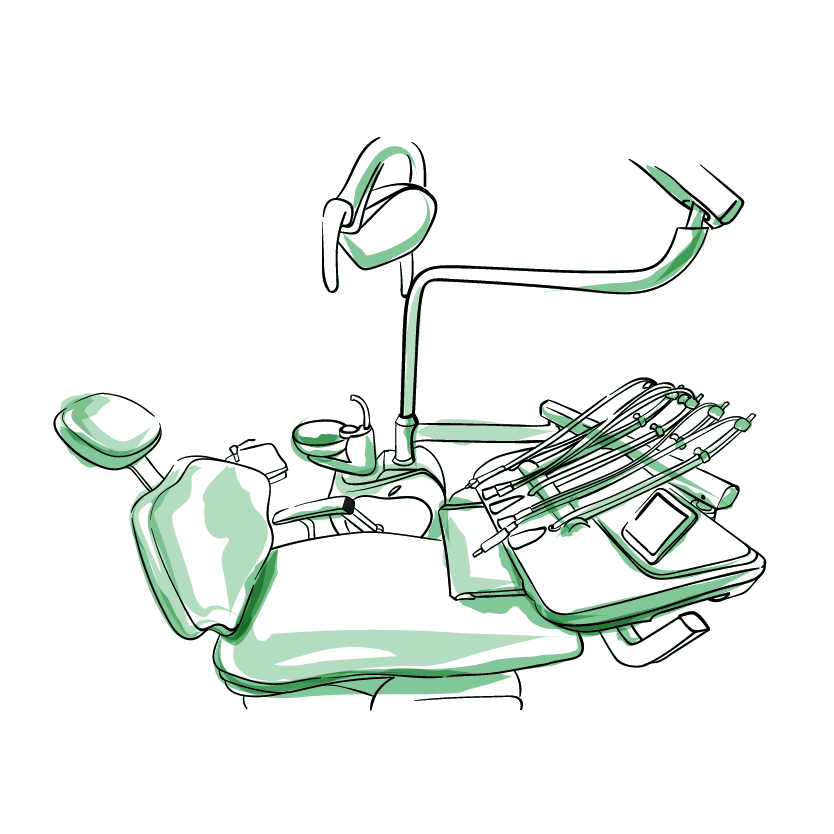
We provide tailored solutions that meet the individual needs and preferences of each patient.


Our clinic prioritizes patient comfort and satisfaction, ensuring a stress-free experience.


We offer high-quality treatments at competitive prices, making dental care accessible to everyone.
Reasons include tooth grinding/clenching, chewing on hard foods, trauma, poor oral hygiene leading to decay under the restoration, or improper fitting during initial placement.
If a filling, crown, veneer, etc. breaks, contact your dentist right away. Save any broken pieces. Avoid chewing on the tooth until it is repaired to prevent further damage.
Damaged restorations usually need to be completely replaced for optimal function and aesthetics. The old restoration is removed, and a new one is designed, fabricated, and bonded into place.
Small fractures at the edges may be repairable, but most cases require complete replacement of the restoration for proper strength and appearance.
Replacement often requires 2+ visits spaced weeks apart. The initial appointment involves examining the tooth, taking impressions, and installing a temporary restoration.
The dentist will numb the area being worked on, so the procedure itself is not painful. Some sensitivity may occur afterward as the area continues to heal.
Have Any Questions Feel Free to Contact with Our Team
+90 506 250 00 05
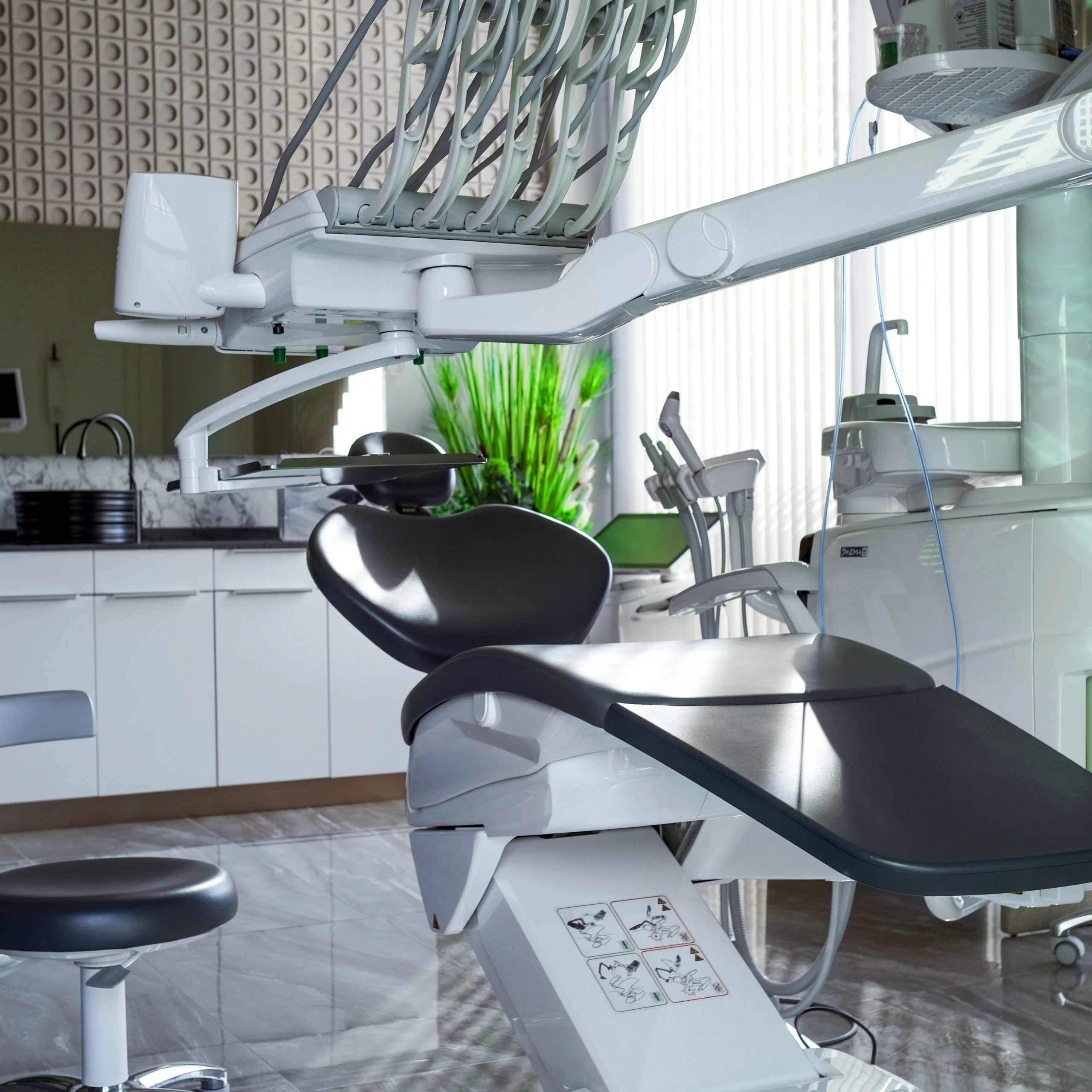
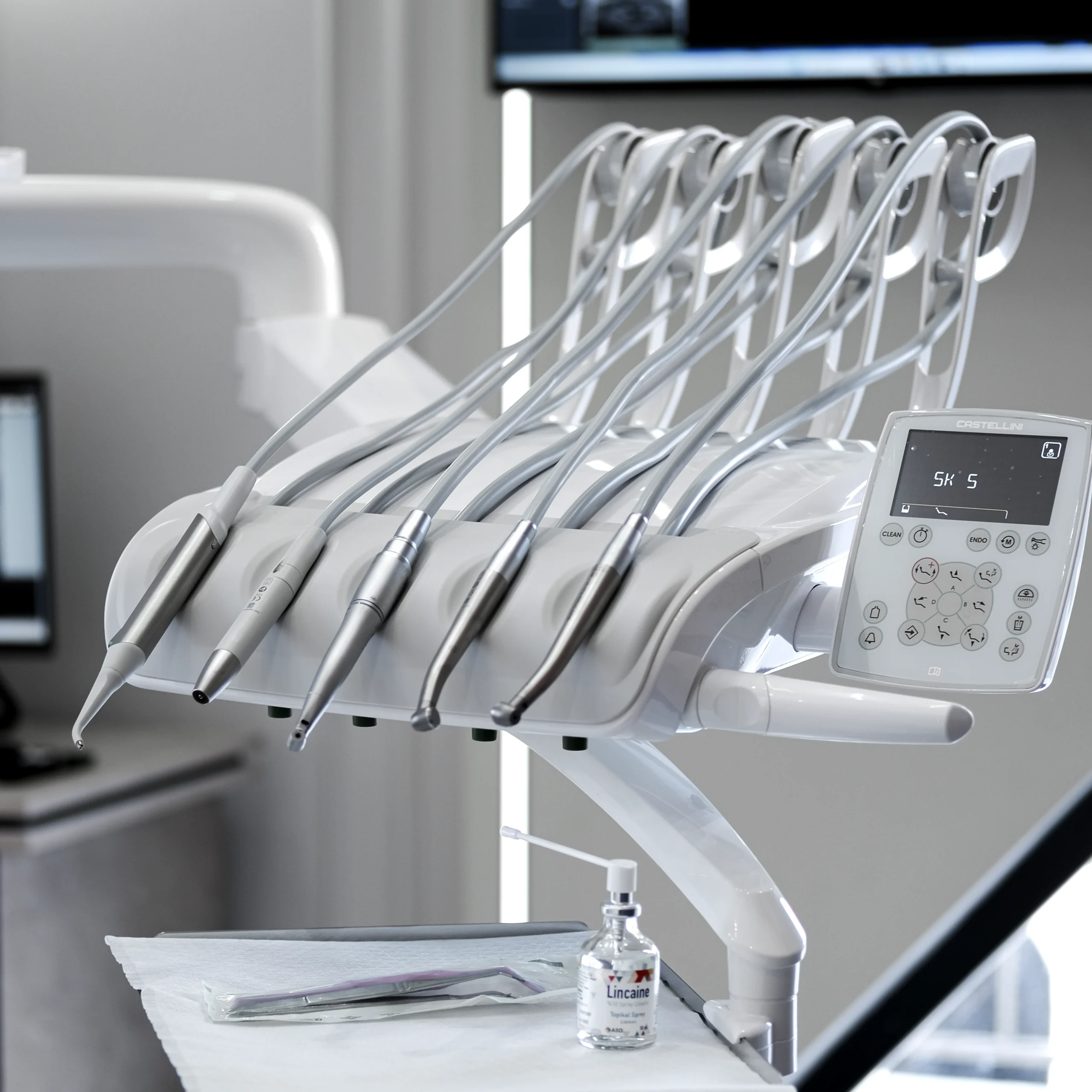
Bağlar, Yavuz Sultan Selim Cd. No:12A, 34200 Bağcılar/İstanbul

